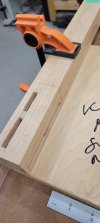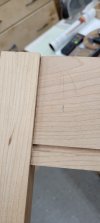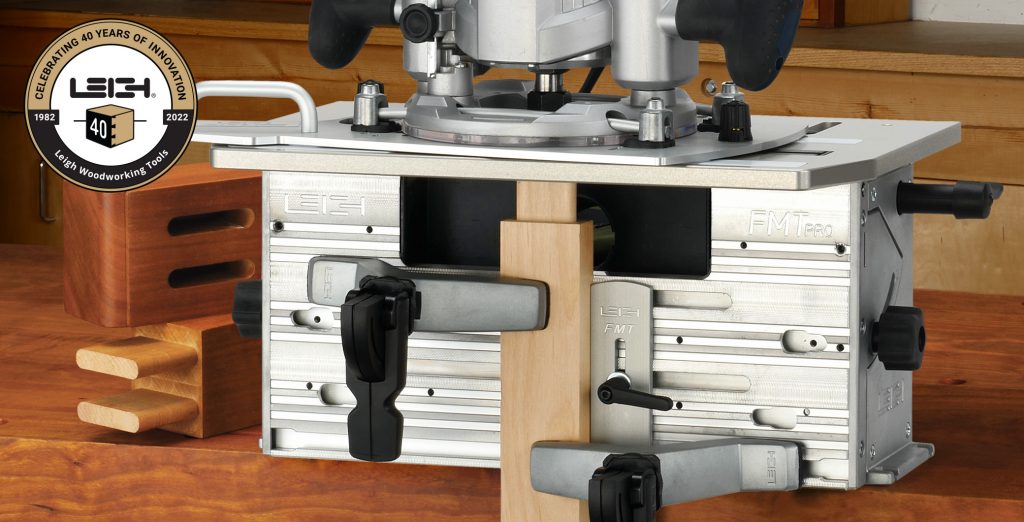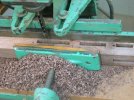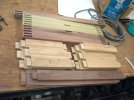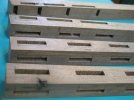I'm starting my first real project outside frames and boxes..I'm building a nightstand
You folks have given the opinions on marking gauges and that's handled now the fun part.
I chopped a decent mortise the other day and my left hand cramped some. I used a non tapered chisle as that's all I had and it did fine but twisted some, hence the motise chisle design. Seems they run 23.00 to 115 or so for 3/8.
I bored a friend's motise machine that was not thw best brand and spendthrift too much time messing with getting it square where it was welded wrong. It has been returned. Grizzly makes one for 400.00 but I have no idea how often I plan to use it. I will.make 2 more night stands and maybe end tables to replace whats In the living room over time.
Or the kits to adapt the drill press. They can be 150 or so and seem to have their own issues from under powered and under torched to set up to ??? Etc.
My thoughts right now are a decent mortise chisle and just be patient and learn the skill. If I cramp I'll drink mor water and rest. I'm in no hurry.
Thoughts please..
Same photo from the marking gauge thread.
You folks have given the opinions on marking gauges and that's handled now the fun part.
I chopped a decent mortise the other day and my left hand cramped some. I used a non tapered chisle as that's all I had and it did fine but twisted some, hence the motise chisle design. Seems they run 23.00 to 115 or so for 3/8.
I bored a friend's motise machine that was not thw best brand and spendthrift too much time messing with getting it square where it was welded wrong. It has been returned. Grizzly makes one for 400.00 but I have no idea how often I plan to use it. I will.make 2 more night stands and maybe end tables to replace whats In the living room over time.
Or the kits to adapt the drill press. They can be 150 or so and seem to have their own issues from under powered and under torched to set up to ??? Etc.
My thoughts right now are a decent mortise chisle and just be patient and learn the skill. If I cramp I'll drink mor water and rest. I'm in no hurry.
Thoughts please..
Same photo from the marking gauge thread.

